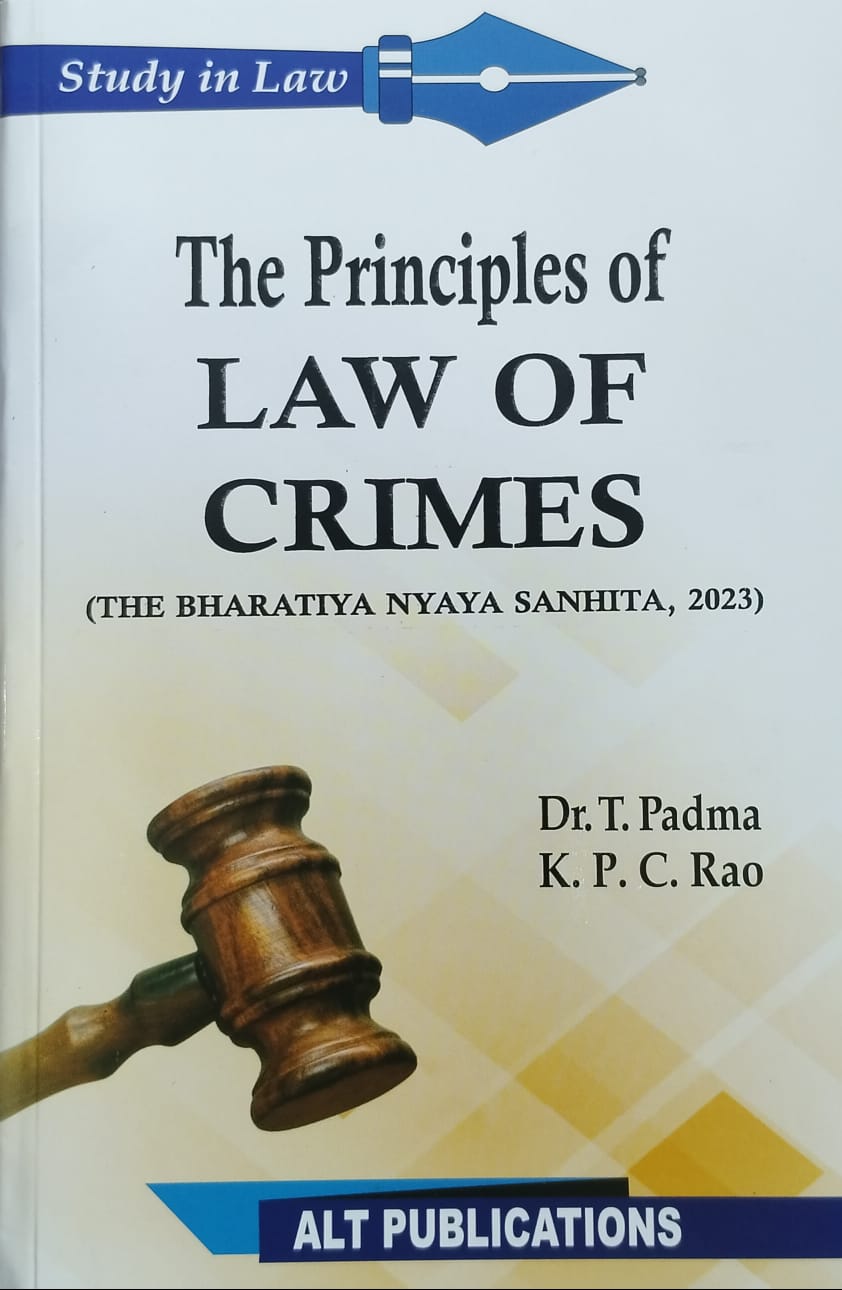Indian Penal Code was enacted in the year 1860. During the last 150 years of its existence on the statute book, it has undergone the least number of amendments. It is heartening to mention here that we have not come across a judgment stressing the need to fill in any lacuna in the Penal Code on account of ambiguous language. Lord Macaulay, the President of First Indian Law Commission has rightly commented “Our principle is simply this—Uniformity when you can have it, Diversity when you must have it, but, in all cases Certainty” Hence, the Indian Penal Code is a role model in the matter of certainty.
Government of India has constituted a “Committee on Reforms of the criminal system” on 24th November, 2000 under the Chairmanship of Dr. Justice V.S. Malimath to consider measures for revamping the Criminal Justice System and the Committee has forwarded its recommendations to the Government during 2003. Recently, the Code of Criminal Procedure was amended by Criminal Procedure Amendment Act, 2008 which has come into force with effect from 31.12.2009, except three sections (5, 6 and 2-b) of the said act.
In this book titled ‘The Principles of Law of Crimes’, we have broadly covered the topics like Concept, Elements, and Stages of crime, territorial and extra territorial applications, general explanations and punishment in chapter-I, General exceptions, abatement, criminal conspiracy, offences against the State and offences against public peace and tranquility, in chapter-II, Offences affecting human body like culpable homicide, murder, hurt, wrongful restraint and confinement, criminal force and assault, kidnapping and abduction and sexual offences etc., in chapter-III, offences affecting the public health, safety, convenience, decency and morals, offences against property in chapter-IV and lastly offences by or relating to public servants, false evidence, offences against public justice, offences relating to documents, offences relating to marriage and defamation in chapter V.
This book provides a short cut to the students of the 3 year law degree course to enable them to get a broad understanding of the topics that would be covered under the revised syllabi with effect from the academic year 2009-2010.
We owe our gratitude to Mr. D. Durga Prasad, LL.B, FCS, for his personal attention, inputs and technical support. Our thanks are also due to Mr. M.Venkateswarlu for his wholehearted and efficient secretarial support in bringing out this Book.
